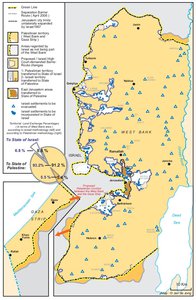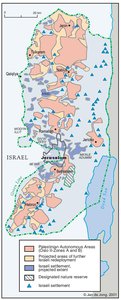WYE RIVER MEMORANDUM, 23 OCTOBER 1998
Map Details
Following Israel’s partial redeployment from Hebron, the PA was in control of 413 km2 of the OPT - 2% of the West Bank and ca. 60% of the Gaza Strip. Area B, where the PA had civil responsibility under Israeli security control, amounted to 1,340 km2 of the West Bank (26%). In the remaining 72% of the West Bank and ca. 40% of the Gaza Strip, Israel’s occupation remained in full force. The PA thus found itself responsible for nearly 90% of the OPT’s population, while deprived of enforceable authority in virtually all the territory. The three further redeployments provided for in the 1995 Oslo II agreement remained unscheduled. The Hebron Protocol had placed further negotiations outside the preexisting Oslo framework, allowing Israel to redefine its commitments and decide on additional ones unilaterally. Netanyahu took advantage of this situation to dismiss interim redeployments in favor of a one-step final status deal defined by Israeli ‘security’ and settlement aims and denying Palestinian statehood. Israel’s declared position left no room for bilateral progress and US envoy Dennis Ross could only hope that, “the peace process is alive, because there is no alternative...” Delayed prisoner releases and Israel’s refusal to open the “safe passage” or allow the Gaza air and sea ports to open cast doubt on this hope. During 1997 and most of 1998, constant settlement activity and intermittent clashes took the place of the frozen peace process. A wave of house demolitions, evictions and expropriations in Jerusalem exemplified Israel’s race to foreclose any future status through facts on the ground. Meanwhile, the PA’s dismal gains thus far had obliged it to invest the lion’s share of its finances and efforts in political rather than economic or social institutions. The resulting authoritarian regime, compelled by its agreements to punish and prevent all opposition to the failing Oslo process, gradually found itself unable to compete with the more extensive welfare services provided by its opponents. Without territorial gains, the PA would soon find itself unable to face its constituents. After 18 months, US assurances drew Israel to the table. Pressed on all sides, the PA that faced Netanyahu at the Wye River Summit in October 1998 was forced to again renegotiate further redeployments - this time from an even weaker position. For Israel, the Wye River Memorandum, concluded on 23 October 1998, was a coup. Foreign Minister Sharon described it as, “the best agreement possible.” Israel agreed to withdraw from an unspecified further 13% of the West Bank, transferring 12% from Area C to Area B and a mere 1% (58 km2) from Area C to Area A. In addition, Israel was to transfer 14.2% from Area B to Area A. The third redeployment was then to be ‘discussed’ by a committee, but the US assured Israel it could “decide what solutions will be satisfactory,” and “implement rather than negotiate [them].” Netanyahu announced that the third redeployment would not exceed 1%. The first two transfers - to be made in three stages - would leave the PA with 17.2% of the West Bank, along with civil responsibility in 23.8% (Area B), while Israel would retain total control in 59%. In exchange for this long-delayed and ‘re-phased’ redeployment, the PA was obliged to accept a security ‘work plan.’ The CIA was brought in to monitor PA adherence to this plan, which included the arrest of suspects according to an Israeli list and the “outlawing of wings of organizations” (this potentially including nearly all non-PA welfare and private-sector institutions). Israel made its redeployments contingent on its satisfaction with the PA’s performance and Netanyahu advised his supporters that this would free them from having to implement their side of the agreement. Human rights groups saw in the agreement “the foundations of a CIA-state.” The Wye Memorandum was signed in the absence of a map, leaving Israel free to impose its territorial strategy upon the redeployments. Foreign Minister Sharon addressed the settlers after Wye as follows: “[T]ake over more and more hills, the time is coming when what we take will be ours.” Within three months, 17 new outposts were erected and work had begun on 15 new bypass roads. Israel transferred 2% of the West Bank from Area C to B and 7.1% from B to A on 20 November 1998. The new Area A portions were around Jenin. Four days later the Gaza airport was allowed to open. Then, in a final effort to regain his extreme-right support, Netanyahu suspended the process and, despite US State Department assurances of PA compliance, issued five new conditions to the PA. This blocked the redeployments after only one phase of the three-phase Wye program – itself only tackling two of the three due further redeployments according to the Oslo II framework. But the Likud’s disservice to the peace process was matched by a disastrous economy and clumsy coalition brokering, and on 23 December 1998, the Knesset voted to dissolve itself, bringing the Netanyahu term to an end and halting Wye redeployments. The PA was left with 9.1% of the West Bank, with 20.9% in Area B and the remaining 70% under exclusive Israeli control.
Related Maps
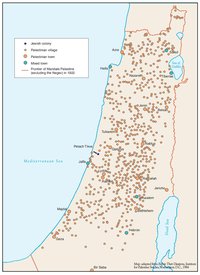
OTTOMAN PALESTINE, 1878
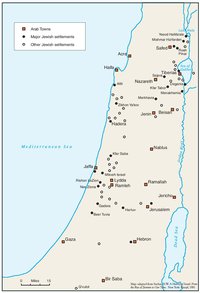
ARAB TOWNS AND JEWISH SETTLEMENTS IN PALESTINE, 1881-1914
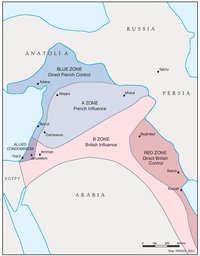
THE SYKES-PICOT AGREEMENT, 1916
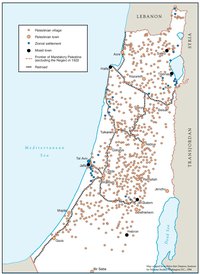
THE BEGINNING OF THE BRITISH MANDATE, 1920
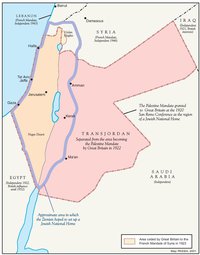
PALESTINE UNDER THE BRITISH MANDATE
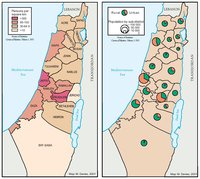
THE DEMOGRAPHY OF PALESTINE, 1931
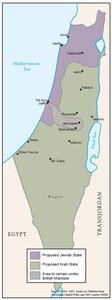
THE PEEL COMMISSION PARTITION PROPOSAL, 1937
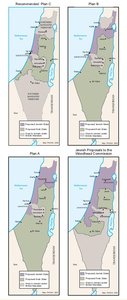
THE WOODHEAD COMMISSION PARTITION PROPOSALS, 1938
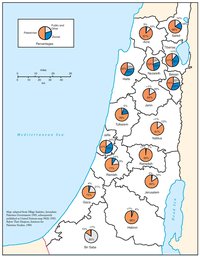
PALESTINIAN AND ZIONIST LANDOWNERSHIP BY SUB-DISTRICT, 1945
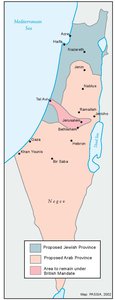
THE MORRISON-GRADY PARTITIONED TRUSTEESHIP PLAN, 1946
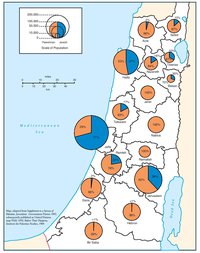
POPULATION OF PALESTINE BY SUB-DISTRICT, 1946
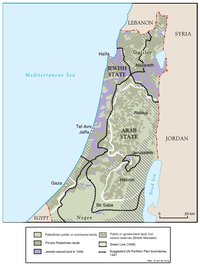
LAND OWNERSHIP IN PALESTINE, 1948
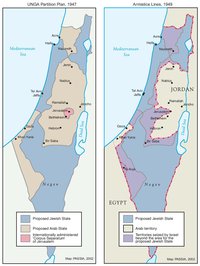
THE UNGA PARTITION PLAN, 1947 – THE 1948 WAR & THE 1949 ARMISTICE LINES
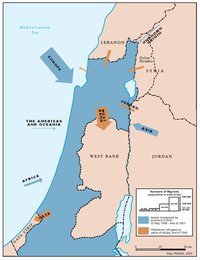
POPULATION MOVEMENTS, 1948-1951
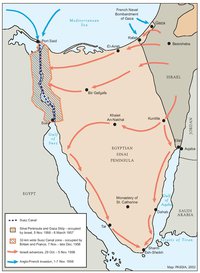
THE SUEZ WAR, 1956
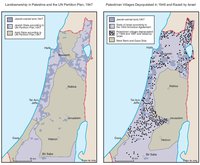
LAND OWNERSHIP IN PALESTINE AND THE UN PARTITION PLAN - PALESTINIAN DEPOPULATED AND DESTROYED VILLAGES, 1948-1949
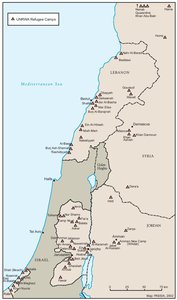
THE PALESTINIAN DIASPORA, 1958
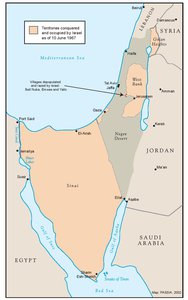
THE NEAR EAST AFTER THE JUNE 1967 WAR
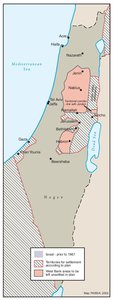
THE ALLON PLAN, JUNE 1967
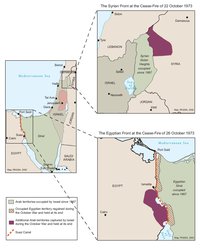
THE OCTOBER WAR, 1973
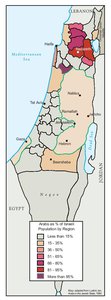
THE PALESTINIANS INSIDE ISRAEL, 1977
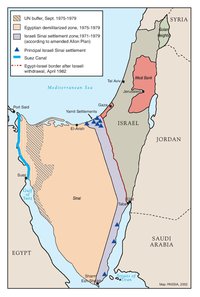
THE CAMP DAVID ACCORDS, 1978-1979
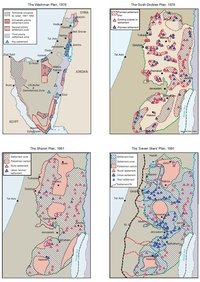
ISRAELI SETTLEMENT MASTER PLANS, 1976-1991
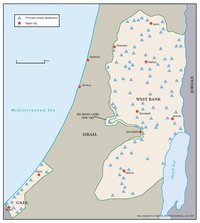
THE 1991 MADRID PEACE CONFERENCE & ISRAELI SETTLEMENTS
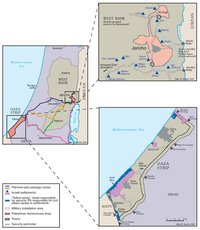
GAZA-JERICHO (OSLO I) AGREEMENT, CAIRO, 4 MAY 1994
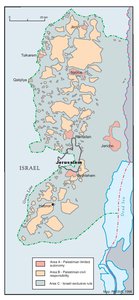
INTERIM (OSLO II) AGREEMENT, TABA, 28 SEPTEMBER 1995
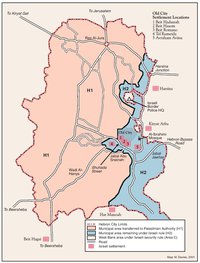
HEBRON PROTOCOL, 15 JANUARY 1997
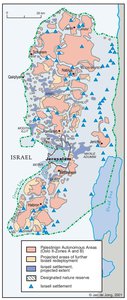
SHARM ESH-SHEIKH AGREEMENT, 4 SEPTEMBER 1999
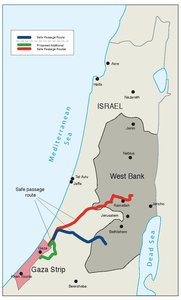
PROTOCOL CONCERNING SAFE PASSAGE BETWEEN THE WEST BANK AND THE GAZA STRIP, 5 OCTOBER 1999
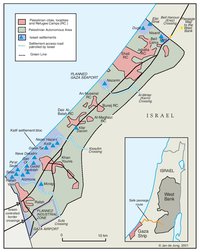
GAZA, 2000
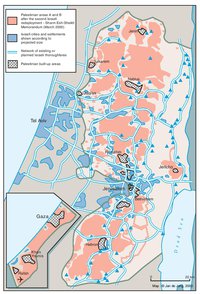
WEST BANK AND GAZA STRIP, MARCH 2000
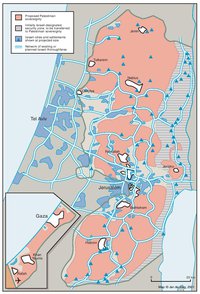
CAMP DAVID PROJECTION, JULY 2000
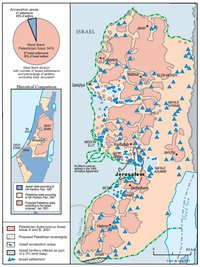
TABA TALKS PROJECTION, JANUARY 2001
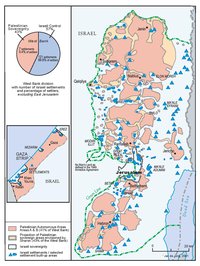
THE SHARON PROPOSAL, SPRING 2001
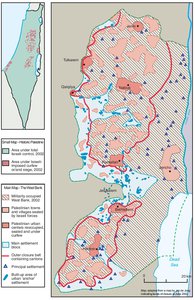
THE REINVASION OF THE PALESTINIAN TERRITORIES, 2001-2002
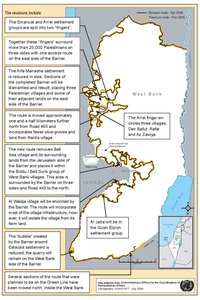
THE ROAD MAP, 2003
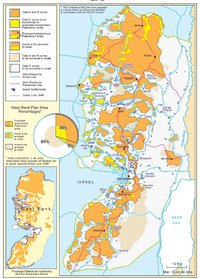
THE GENEVA INITIATIVE AND ACCORD, 2003
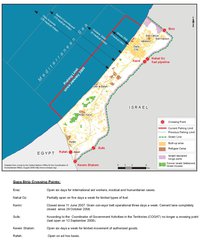
THE ISRAELI DISENGAGEMENT PLAN, 2003-2005
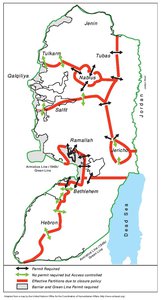
AGREED DOCUMENTS ON MOVEMENT AND ACCESS FROM AND TO GAZA, 2005
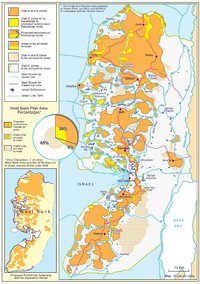
THE SETTLERS' PLAN FOR PALESTINIAN AUTONOMY, 2006
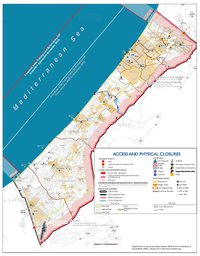
THE GAZA STRIP TODAY (2014)
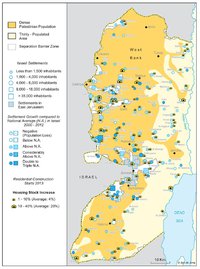
THE WEST BANK TODAY (2014)
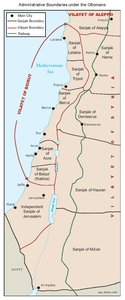
ADMINISTRATIVE BOUNDARIES
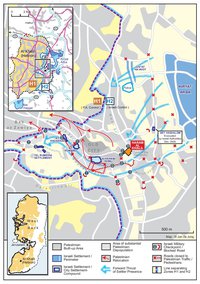
HEBRON
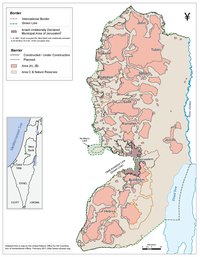
Area C
